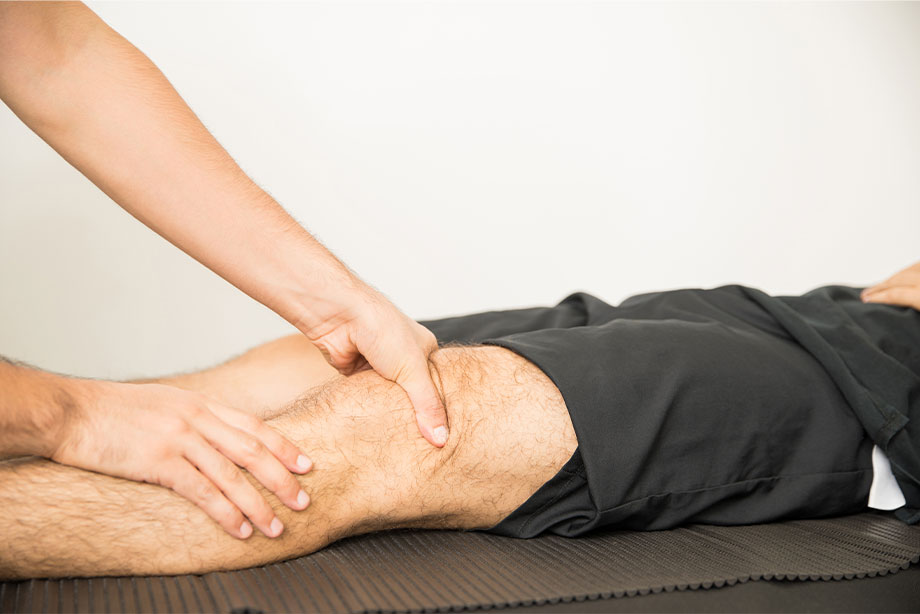
Non-Surgical Knee Treatments
A knee treatment does not necessarily have to involve surgery. Many options are available, including bracing, injections, lifestyle changes, and pain medications. In this blog, we will review some of these options. To find the best option for you, read on. If you have arthritis, you may be glancing for the best non-surgical treatment for knee pain. Plenty of alternatives are available if you do not want to go under the knife.
Bracing
One of the mainstays of non-surgical treatment for knee osteoarthritis is bracing. Knee braces are made from plastic, metal, leather, foam, or other material. The primary purpose of a brace is to stabilize the knee joint, reduce inflammation, strengthen the knee muscles, and realign the joint surfaces. Depending on the type of brace you choose, it may reduce pain, improve function, or even prevent the onset of arthritis. This treatment can also help you walk easier without the assistance of a wheelchair.
Injections and Infusions
Injections and Infusions are an important component of non-surgical knee treatments; these treatments involve the injection of a solution into the knee joint to ease the pain. Patients can experience pain relief within two to six weeks following treatment. The benefits of injections vary, so discussing the pros and cons with your doctor is important.
Lifestyle Modifications
Although there is no cure for osteoarthritis, conservative lifestyle modifications can help prevent further damage to the knee. For example, lifestyle modification may include losing weight, avoiding activities that aggravate knee pain, and engaging in low-impact exercises. Your doctor may prescribe physical therapy or exercise to strengthen your knee muscles and increase flexibility. These exercises might include flexing your ankle, tightening the thigh muscles, and performing leg lifts and knee extensions.
Physical and Occupational Therapy
One treatment option for OA knee pain is physical and occupational therapy. Physical therapists can develop a personalized exercise plan to ease the pain. Physical therapists can also demonstrate therapeutic techniques like massage therapy and heat. Occupational therapists can introduce patients to devices that help them move more comfortably and avoid re-injuring their knees.
These therapy sessions help patients build strength and learn to walk without aid. They also teach patients to continue doing their daily activities without experiencing pain in the knee. Relying on the severity of the injury, physical and occupational therapy can improve a patient’s condition and allow them to resume their normal activities.
Conclusion
Whether or not to undergo surgery depends on the severity of the knee pain. If the knee pain is not severe, non-surgical treatment can be beneficial. Non-surgical treatments for knee pain include physical therapy and steroid injections. These methods are effective for relieving pain and swelling, and a strict physical therapy regimen accompanies them. You should consult with My orthopedic vacations for the best treatment!